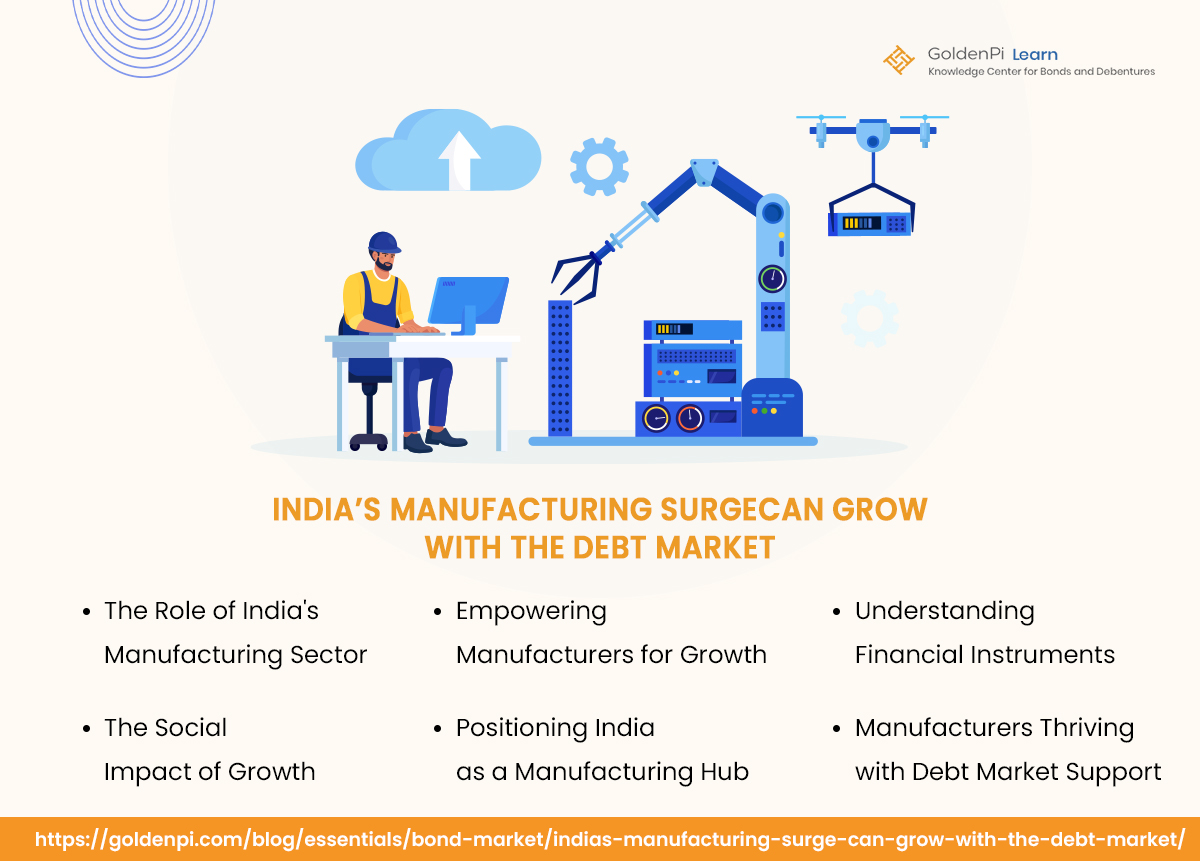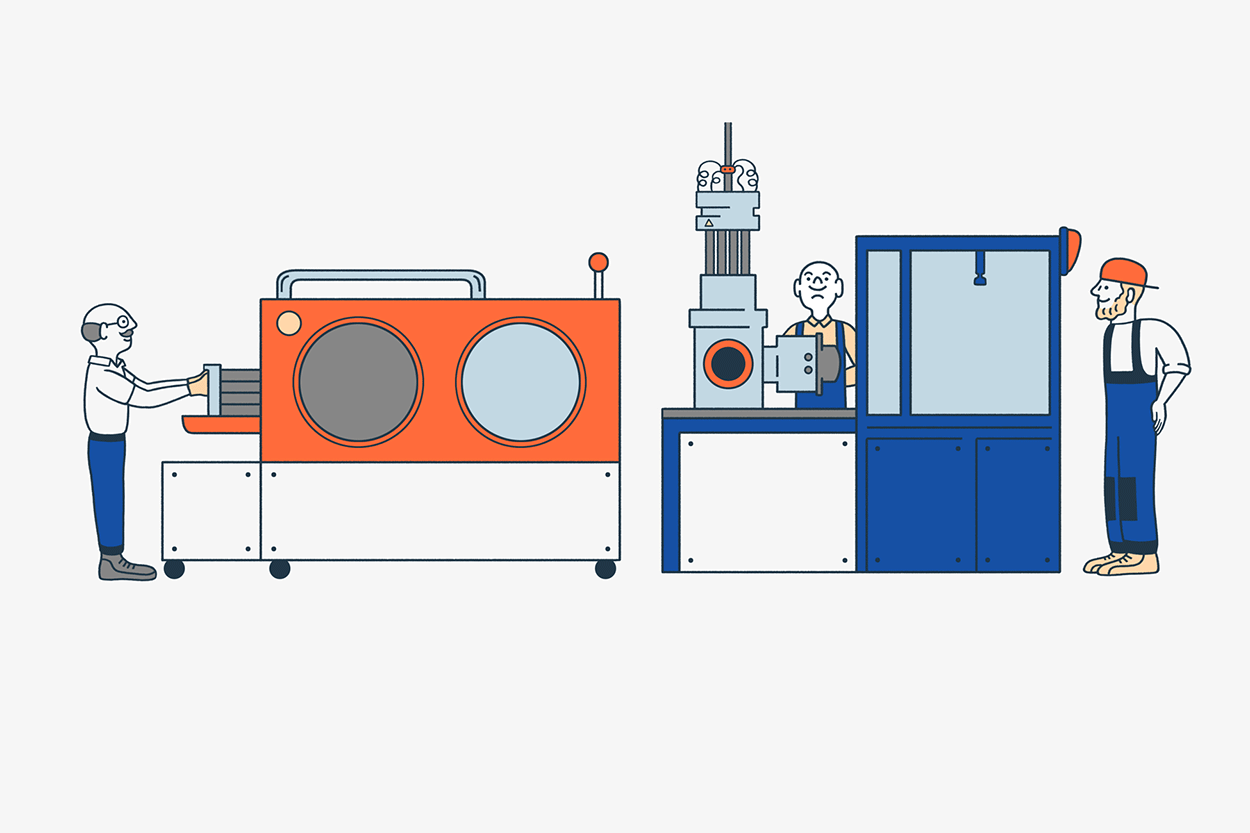In a recent address to the Rajya Sabha, Finance Minister Nirmala Sitharaman asserted that India has secured its position as the world’s second-most sought-after manufacturing destination. This declaration underscores the important role of the manufacturing sector in India’s economy, attributing its success to strategic measures such as the Production-Linked Incentive (PLI) scheme.

The Growth of the Manufacturing Sector
The manufacturing sector’s contribution, standing at an impressive 13.9% of the total economy, attests to its significance in India’s economic framework. This surge speaks of the success of transformative initiatives like Make in India, launched in 2014 with the ambitious goal of positioning India as a global manufacturing hub. The remarkable achievement of becoming the world’s fifth-largest economy within eight years further solidifies India’s manufacturing power on the global stage.
The Production-Linked Incentive (PLI) Scheme
In India’s manufacturing resurgence lies the Production-Linked Incentive (PLI) scheme. This crafted initiative serves as a way for both domestic and foreign investments, fostering innovation and enhancing the country’s competitiveness. With a strategic focus on critical sectors such as electronics, pharmaceuticals, and automobiles, the PLI scheme has set the stage for sustained growth and economic dynamism.
The Economic Status of the Countries

The Purchasing Managers Index (PMI) and Growth Momentum
The Purchasing Managers Index (PMI), a key indicator of economic vitality, stood at 56 in November. This not only places India firmly in expansionary territory but also signals sustained growth and resilience. Sitharaman’s assertion that India’s second-quarter growth is the highest globally underscores its commitment to maintaining its status as the fastest-growing economy.
Challenges and Strategic Solutions
Infrastructure bottlenecks, regulatory complexities, and global economic uncertainties have been formidable hurdles. However, the Indian government’s proactive approach is evident in its continuous efforts to optimize policies, enhance the ease of doing business, and invest in critical infrastructure development. This navigation reflects a commitment to creating an ecosystem conducive to industrial growth.
Impact on Citizens’ Lives
Beyond the economic metrics, the impact of India’s manufacturing resurgence extends to the lives of its citizens. The coverage of over 16.9 crore lives under various schemes exemplifies a commitment to inclusive growth. Star Health Insurance’s role in providing coverage becomes a tangible example of how economic success translates into improved welfare for the people.
Budget 2024 and Future Prospects
Finance Minister Sitharaman’s recent announcement regarding Budget 2024 introduces an intriguing facet to the narrative. The decision not to include spectacular announcements’ and present them as a vote on account aligns with a pragmatic fiscal approach. This approach underscores a commitment to fiscal responsibility while ensuring the wheels of economic progress keep turning smoothly. It sets the stage for sustaining and amplifying the current economic momentum.
The Net Zero Ambition of India
The Need for Debt for Growth
The growth of any sector is backed by the capital flow for new developments. The capital needed may not be immediately available with the companies; in such cases, the need for raising money becomes quite essential.
Manufacturing companies can be seen in three ways: skill-intensive, raw material-intensive, and technology-intensive. Out of these, the outshining companies are those that are skill-intensive.
But for them to be globally competitive, they must increase their productivity, which means investing in labor and machines becomes a high priority for them.
More than a bank, it’ll be helpful for companies to raise money from the people, as banks come at a higher price. With that aim, one recent example of a B2B manufacturing service company named Zetwerk has raised about Rs 100 crore in debt capital. They raised a non-convertible debenture with about Rs 83 crore received from the Edelweiss Credit Plus Fund, which offers early- to mid-sized private companies with debt capital.
The purpose of these funds is to make fresh acquisitions and bring more growth to the business. Like this, many other manufacturing companies can indeed be satisfied via the debt market and indeed grow the economy with their contribution.
The Capital Market Works Differently
The Wrap
In India’s manufacturing story, each thread represents a concerted effort to not only participate in the global economic race but to lead it. The country’s manufacturing renaissance is not just about numbers and rankings. As the world watches India’s ascent, it is witnessing a nation shaping the future of manufacturing on a global scale.
The current position as the second-most manufacturing destination is not the culmination but a milestone in a journey marked by determination, vision, and a commitment to building a robust and dynamic economy. Well, the question is, as an investor, how would you help the goals of these companies? And hey, this isn’t for free, but for a return!






